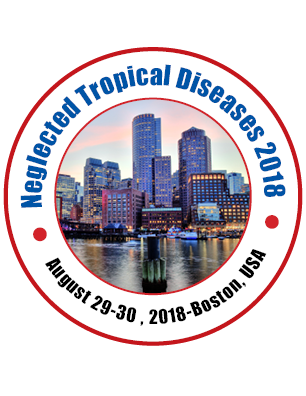
Stef Stienstra
Royal Dutch Navy, The Netherlands
Biography
The implementation of the International Health Regulation (IHR) of WHO in 2005 for worldwide public health systems is already in its second extension phase. At the 2012 deadline, only 16% of the countries were fully prepared to detect and respond to pandemics. In 2014 the Ebola Virus Disease outbreak in West Africa was another indicator that WHO’s IHR has to be taken seriously. Especially the biosecurity part of IHR is not fully in place yet for most developing countries, which makes the world vulnerable for bioterrorism. According to the World Bank, the returns from investing in public health are extremely impressive and is not a high-risk venture as with a rapid mortality decline many ‘value life years’ (VLYs) are gained. For low- and middle-income countries typically about a quarter of the growth in full income resulted from VLYs gained and supports not only the local economy but also the world economy. Therefore several international programs help to prepare low- and middle-income countries to mitigate outbreaks of infectious diseases. EU CBRN CoE initiatives and the US CBEP, DTRA, CTR, GEIS, DIMO, USAID, PEPFAR and several other programs are involved in establishing public health systems and give local healthcare workers training in both disease outbreak mitigation and biosecurity. Zoonotic diseases are the most dangerous for outbreaks as the population does not have natural or artificial (from vaccination) immune response to new emerging diseases. Zoonotic diseases are often neglected in the first instance in developing countries. The recent Ebola Virus Disease outbreak in West Africa was such an example. Still, there is hope to find fast and supportive therapies with proper blood bank facilities in place. The therapy with immunoglobulins obtained from plasma donations from survivors is a relatively cheap and effective therapy. International there was some criticism of this method, as for this therapy it is extremely important that the convalescent plasma has to be safe for other blood transmissible diseases. But as it is feasible with other convalescent plasma therapies, the necessary safety tests can be done in the laboratories, which are installed for the outbreak diagnosis. Convalescent plasma can be obtained from a donor, who has survived the disease, with a novel hollow fiber blood separation technology. This results in an immunoglobulin concentration, which does not need for its production any sophisticated infrastructure. This patented and recently developed disposable device is developed in cooperation with the Irish Blood Transfusion Service.
Dr. Stef Stienstra works internationally for several medical and biotech companies as the scientific advisory board member and is also an active reserve-officer of the Royal Dutch Navy in his rank as Commander (OF4). For the Dutch Armed Forces, he is CBRN specialist with the focus on (micro)biological and chemical threats and medical- and environmental functional specialist within the 1st CMI (Civil-Military Interaction) Battalion of the Dutch Armed Forces. For Expertise France he is now managing an EU CBRN CoE public health project in West Africa. He is visiting professor for the University of Rome Tor Vergata in Italy for the CBRN Masters Course and lecturer for the NATO School in Oberammergau in Germany and the Joint NATO CBRN-Defense Center of Excellence in Vyskov in the Czech Republic. In his civilian position, he is at this moment developing with MT-Derm in Berlin (Germany) a novel intradermal vaccination technology as well as a new therapy for cutaneous leishmaniasis for which he has won a Canadian ‘Grand Challenge’ grant. With Hemanua in Dublin (Ireland) he has developed an innovative blood separation unit, which is also suitable to produce convalescent plasma for Ebola Virus Disease therapy. He has finished both his studies in Medicine and in Biochemistry in The Netherlands with a doctorate and has extensive practical experience in cell biology, immuno-hematology, infectious diseases, biodefense, and transfusion medicine. His natural business acumen and negotiation competence help to initiate new successful businesses, often generated by unexpected combinations of technologies.
Abstract
Abstract : Investing in public health gives especially in low income countries extremely impressive returns

